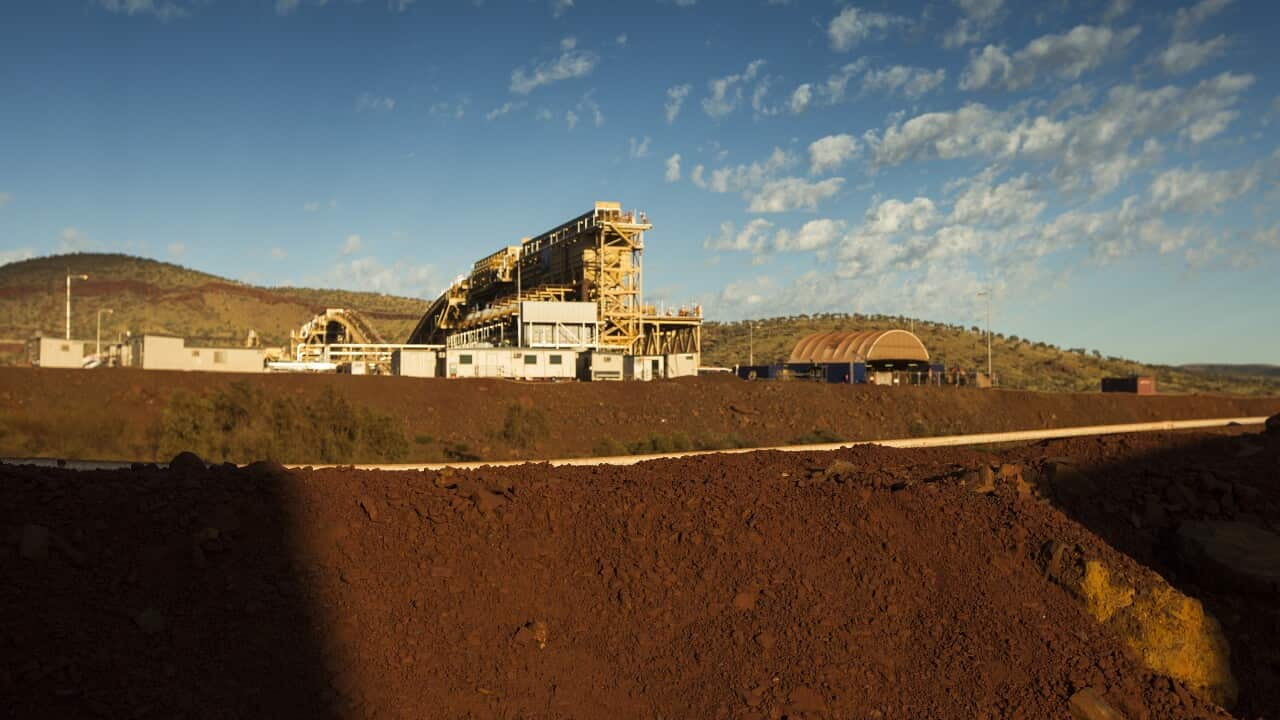A ceremony that used to bring the Yindjibarndi people of the Pilbara together after a dispute has itself been affected by a schism between Traditional Owners, the Federal Court has been told.
For almost 20 years, Yindjibarndi people have been battling iron ore miner Fortescue Metals Group, the company founded by billionaire Andrew Forrest.
Some Traditional Owners say the rifts between family and community members caused by the dispute may never heal.
The long-running native title fight was back in the Federal Court on Monday after years of legal action.
The case will finally determine whether Yindjibarndi native title holders should be compensated for Fortescue mining on their land for years without agreement or paying royalties to their registered body.
In times past, Yindjibarndi people used to perform a particular type of ceremonial meeting together, anthropologist Kingsley Palmer told the court.
Dr Palmer explained the idea behind the ceremony was that before Yindjibarndi people committed to a collective action there needed to be a concordance of views and emotions and settlement of any disputes.
Now, Dr Palmer said, rituals were conducted on a rotational basis.
"There's a schism that means a fundamental tenant of Yindjibarndi religious belief is no longer honoured because the Yindjibarndi as a group together or as one are no longer performing those rituals as one, but as two separate groups," he said.
The Yindjibarndi Ngurra Aboriginal Corporation (previously known as the Yindjibarndi Aboriginal Corporation) is seeking compensation for two types of destruction, of Country, including sacred sites, and of community.
FMG says social disharmony isn't compensable and the company did not cause it.
In 2017, the Federal Court recognised the Yindjibarndi had exclusive possession over the area of land where most of FMG's Solomon mine is located.
During cross examination of Dr Palmer, barrister Griff Ransom asked whether the anthropologist would agree that there had been many transgressions of Yindjibarndi law by outsiders since first contact that amounted to cultural loss, including construction of the Harding Dam.
"The Harding Dam is a pretty major change to the landscape but the Country's still there underneath," Dr Palmer said.
"I have found in my experience that the idea of flooding isn't considered to be as bad as the idea of digging it up because even though it's no longer visible and can't be seen, it is understood still to be there."
FMG's Solomon hub, made up of the Firetail, Kings Valley and Queens Valley iron ore mines, together have an annual production range of 65 to 70 million tonnes.
When Fortescue began planning the Solomon hub, it started negotiating with the Yindjibarndi Aboriginal Corporation (YAC), whose members including Stanley Warrie conducted heritage surveys for the project, thinking that would mean protection of important sites.
The relationship began to sour in 2007 when Yindjibarndi people realised FMG could legally destroy their sacred sites and was doing so in construction of the mine.
When YAC refused to accept FMG's royalty offer, the miner gave financial backing to a break-away group, Wirlu-Murra Yindjibarndi Aboriginal Corporation, which paid people $500 each to attend a meeting that voted in favour of the deal in 2010.
Since mining began at Solomon in 2013, FMG has shipped iron ore reportedly worth about $50 billion dollars, legally destroying dozens of significant Yindjibarndi sites.
FMG has not paid the recognised native title holders a cent.
In the April hearings, expert witnesses will give evidence on the cultural, economic, environmental and social damage resulting from the mine.













